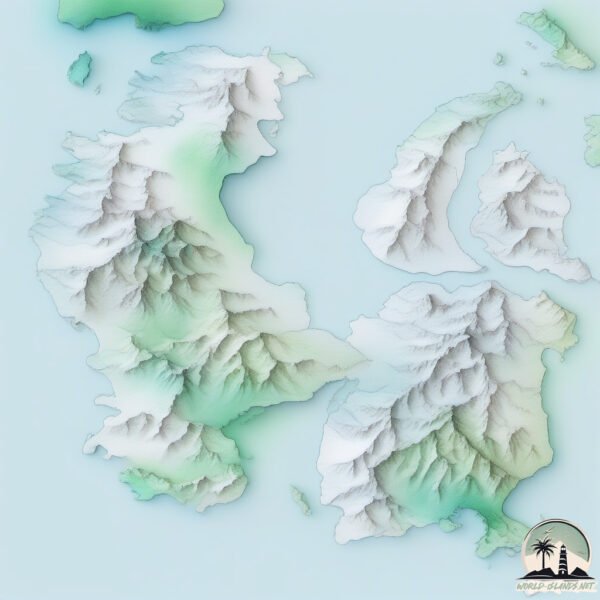Namhae-do

Welcome to Namhae-do, a Temperate island in the Japan Sea, part of the majestic Pacific Ocean. This guide offers a comprehensive overview of what makes Namhae-do unique – from its geography and climate to its population, infrastructure, and beyond. Dive into the details:
- Geography and Size: Explore the island’s size and location.
- Climate and Weather: Weather patterns and temperature.
- Topography and Nature: Uncover the natural wonders of the island.
- Infrastructure and Travelling: Insights on reaching, staying, and making the most of your visit.
- News and Headlines: Latest News.
Geography and size of Namhae-do
Size: 306.5 km²
Coastline: 192.3 km
Ocean: Pacific Ocean
Sea: Japan Sea
Continent: Asia
Namhae-do is a Large Island spanning 307 km² with a coastline of 192 km.
Archipel: –
Tectonic Plate: Amur – A minor tectonic plate in the region of the Amur River at the border of Russia and China, involved in complex interactions with the Pacific and Eurasian plates.
The geographic heart of the island is pinpointed at these coordinates:
Latitude: 34.80956514 / Longitude: 127.92721595
Climate and weather of Namhae-do
Climate Zone: Temperate
Climate Details: Monsoon-Influenced Humid Subtropical Climate
Temperature: Hot Summer
Climate Characteristics: Known for hot, humid summers with significant monsoon rains, contrasted by mild, drier winters.
Topography and nature of Namhae-do
Timezone: UTC+09:00
Timezone places: Asia/Tokyo
Max. Elevation: 669 m
Mean Elevation: 156 m
Vegetation: Deciduous Broadleaf Forest
Tree Coverage: 52%
The mean elevation is 156 m. The highest elevation on the island reaches approximately 669 meters above sea level. The island is characterized by Plateau: Elevated flatlands rising sharply above the surrounding area, with a maximum elevation over 500 meters but a mean elevation less than 300 meters, forming unique highland areas on islands.
Dominating Vegetation: Deciduous Broadleaf Forest
Composed of broadleaf trees that shed their leaves seasonally. These forests are commonly found in temperate zones and experience distinct seasonal changes. Namhae-do has a tree cover of 52 %.
Vegetation: 14 vegetation zones – Exceptionally Diverse Island
Islands with more than ten vegetation zones are among the most ecologically rich and varied in the world. These islands are akin to miniature continents, boasting an incredible array of ecosystems. The sheer range of habitats, from high peaks to deep valleys, rainforests to deserts, creates a mosaic of life that is unparalleled. They are crucial for conservation and ecological studies.
Infrastructure and Travelling to Namhae-do
Does the island have a public airport? no.
There is no public and scheduled airport on Namhae-do. The nearest airport is Yeosu Airport, located 21 km away.
Does the island have a major port? no.
There are no major ports on Namhae-do. The closest major port is GWANGYANG HANG, approximately 1 km away.
The mean population of Namhae-do is 98 per km². Namhae-do is Gently Populated. The island belongs to South Korea.
Continuing your journey, Chanson To is the next notable island, situated merely km away.
Namhae Island, South Korea


![[4K] Peaceful Korea walk at Namhae Island](https://i.ytimg.com/vi/tva_Djc7WlA/mqdefault.jpg)
South Korea is classified as Emerging region: MIKT: Mexico, Indonesia, South Korea, and Turkey – Economies recognized for their development potential and emerging market status. The level of income is High income: OECD.
News – Latest Updates and Headlines from Namhae-do
Stay informed with the most recent news and important headlines from Namhae-do. Here’s a roundup of the latest developments.
Please note: The data used here has been primarily extracted from satellite readings. Deviations from exact values may occur, particularly regarding the height of elevations and population density. Land area and coastline measurements refer to average values at mean high tide.
